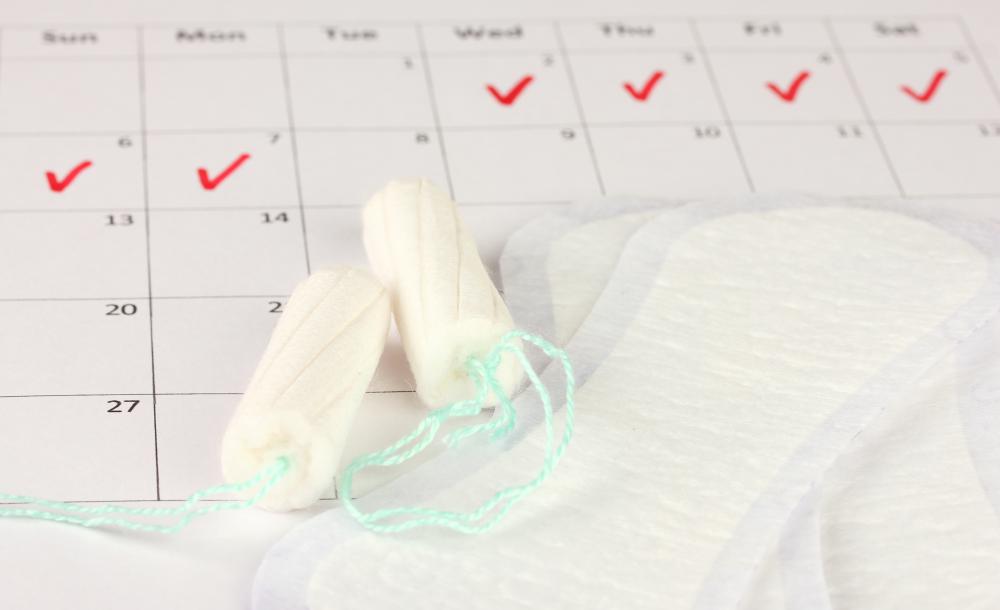At TheHealthBoard, we're committed to delivering accurate, trustworthy information. Our expert-authored content is rigorously fact-checked and sourced from credible authorities. Discover how we uphold the highest standards in providing you with reliable knowledge.
What Is the Connection between Luteinizing Hormone and Progesterone?
Luteinizing hormone and progesterone are hormones that are essential to female fertility. The anterior pituitary gland produces luteinizing hormone (LH) in both men and women. In the female body, LH prompts ovulation, or the release of a mature egg cell from the ovary. The ovaries release progesterone to thicken the lining of the uterus to enable implantation of the egg if it is fertilized.
In the beginning of the menstrual cycle, a woman's body produces follicle-stimulating hormone (FSH), which triggers the maturation of one or more egg cells in one of the ovaries, or more rarely, in both. Luteinizing hormone and progesterone levels are low at this time, as the egg cell is still immature. A rise in estrogen levels signal when the egg is fully mature, which prompts the next stage in the menstrual cycle.

A sudden spike in LH levels typically occurs between days 12 and 16 of the menstrual cycle, with the first day of menstrual bleeding counted as day one. The increase, known as the LH surge, weakens the follicle containing the mature egg. This marks the point in the menstrual cycle with the highest levels of luteinizing hormone and progesterone levels at the lowest. The egg can then break through the follicle and enter the Fallopian tube, where it can be fertilized by a sperm cell before traveling to the uterus. Immediately following ovulation, the remnants of the follicle, now called the corpus luteum, begin to release progesterone.

The levels of progesterone continue to rise for up to ten days following ovulation. In response to the decrease in luteinizing hormone and progesterone level increase, the lining of the uterus begins to thicken. This process is necessary to allow a fertilized egg to implant in the uterus. Progesterone levels keep rising during the first part of pregnancy to ensure that the implantation is not compromised.

If the egg is not fertilized, progesterone production decreases. This drop causes the body to shed the thickened lining of the uterus during the menstrual period. The entire process typically takes about 28 days to complete, though menstrual cycle lengths of 21 to 35 days are considered normal for adult women.
Women who have trouble conceiving might opt to undergo fertility treatments. Medications, either injected or taken orally, can prompt the body to increase production of luteinizing hormone, and progesterone supplements are available to boost those levels as well. Patients should be monitored closely by their doctors, as fertility drugs can increase the chance of becoming pregnant with more than one child. Pregnancy with triplets, or even higher order multiples, can lead to a variety of problems for the mother and babies, including a higher risk of premature birth and associated developmental issues.
AS FEATURED ON:
AS FEATURED ON:















Discussion Comments
Post your comments